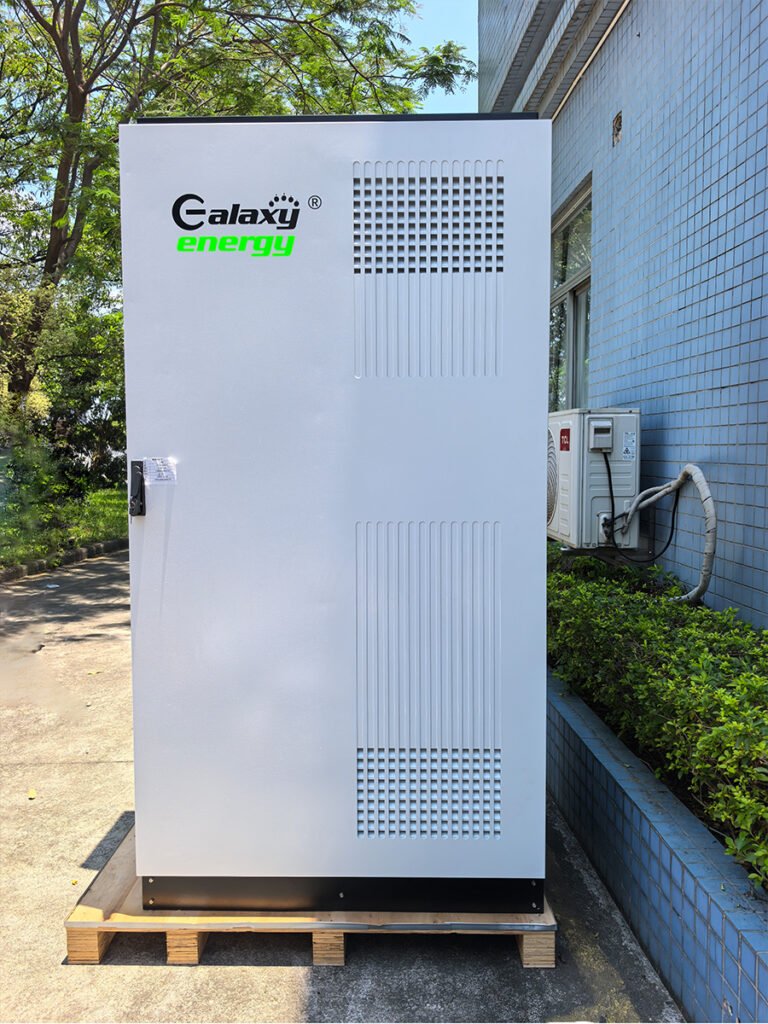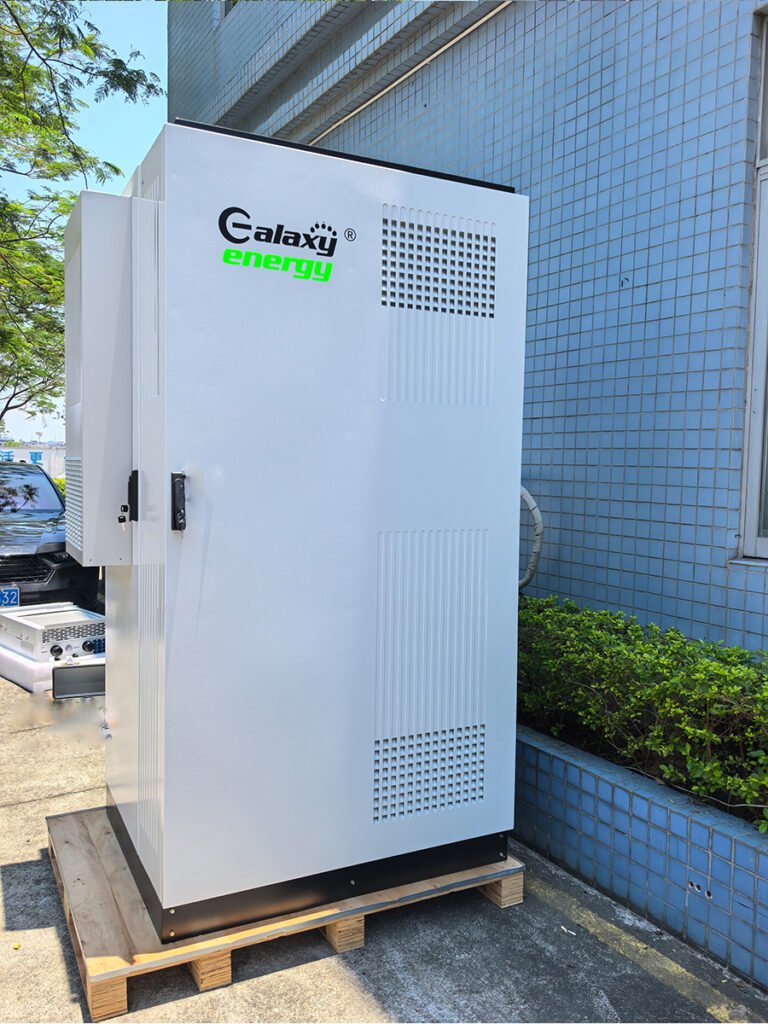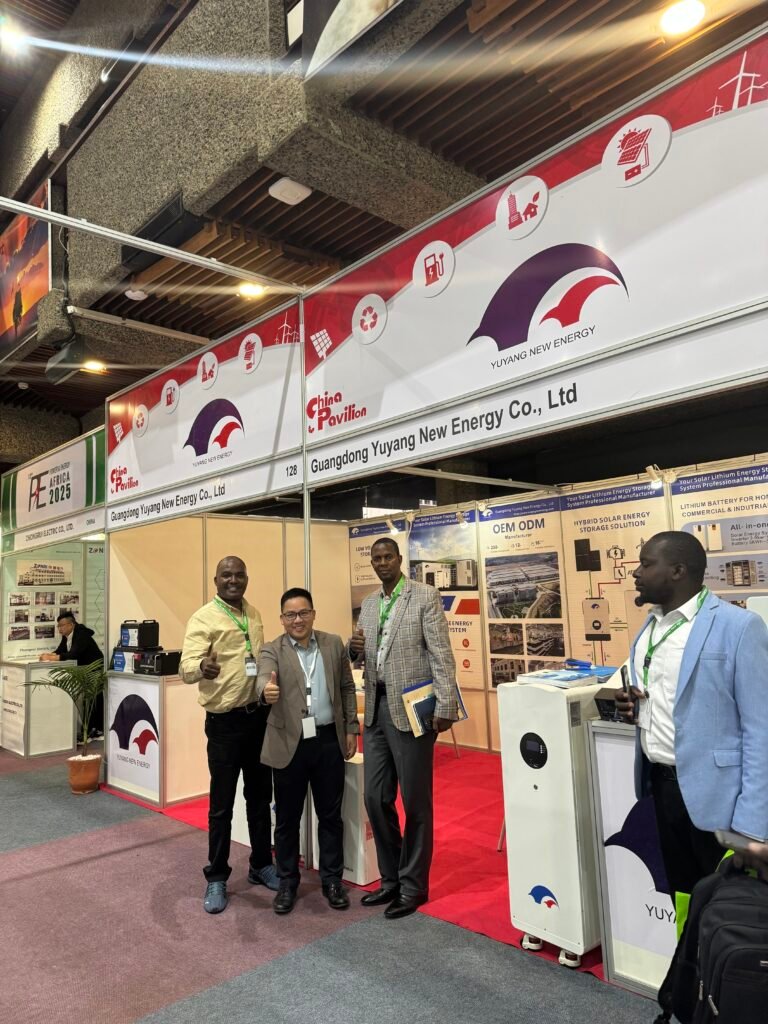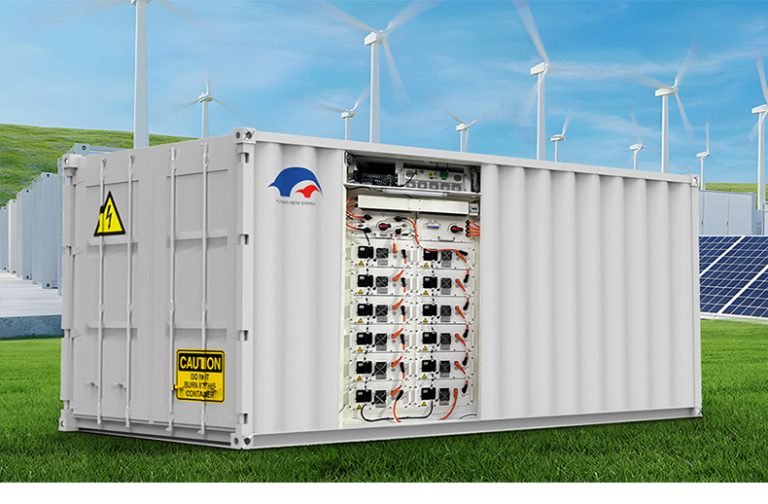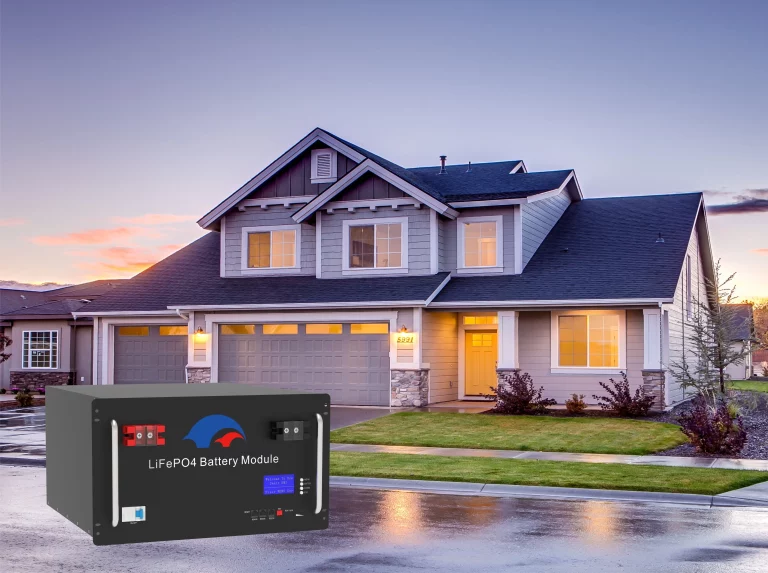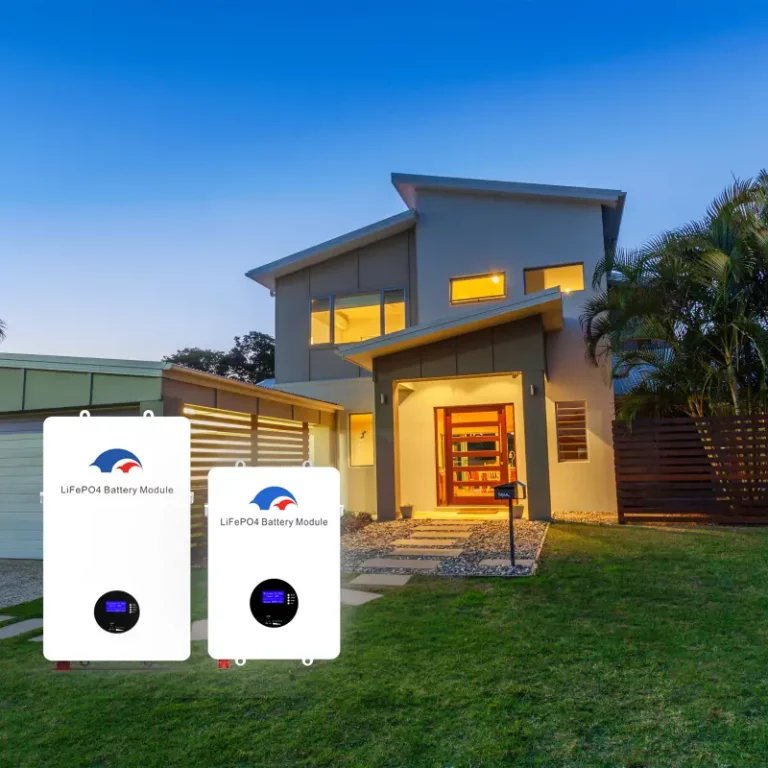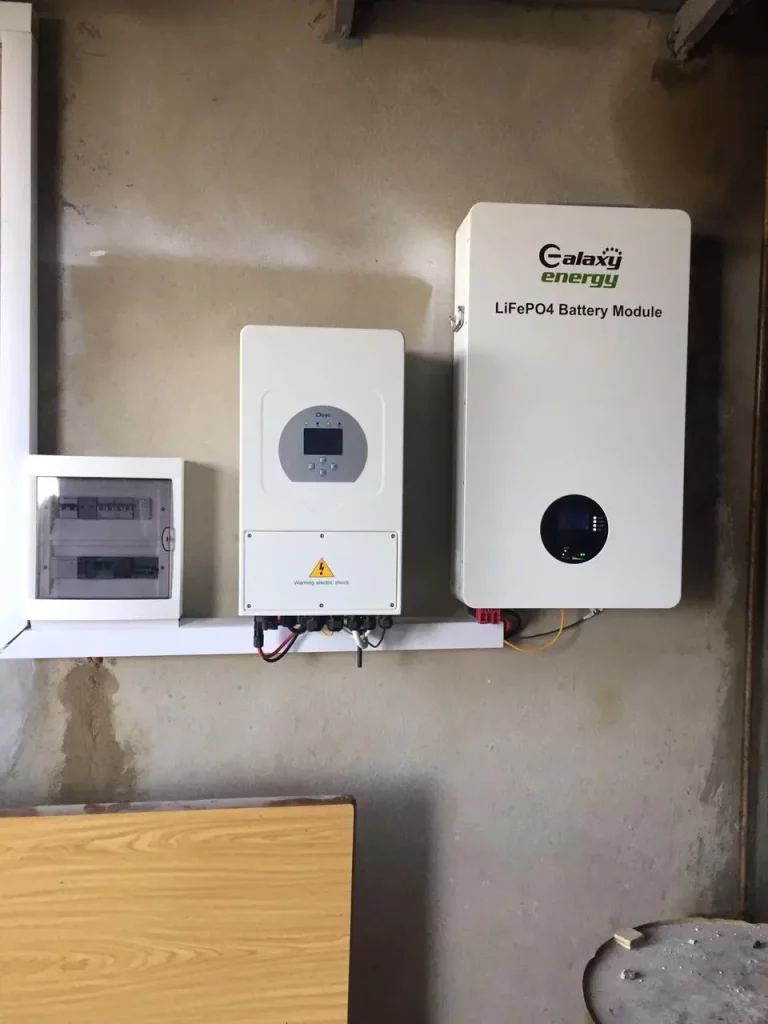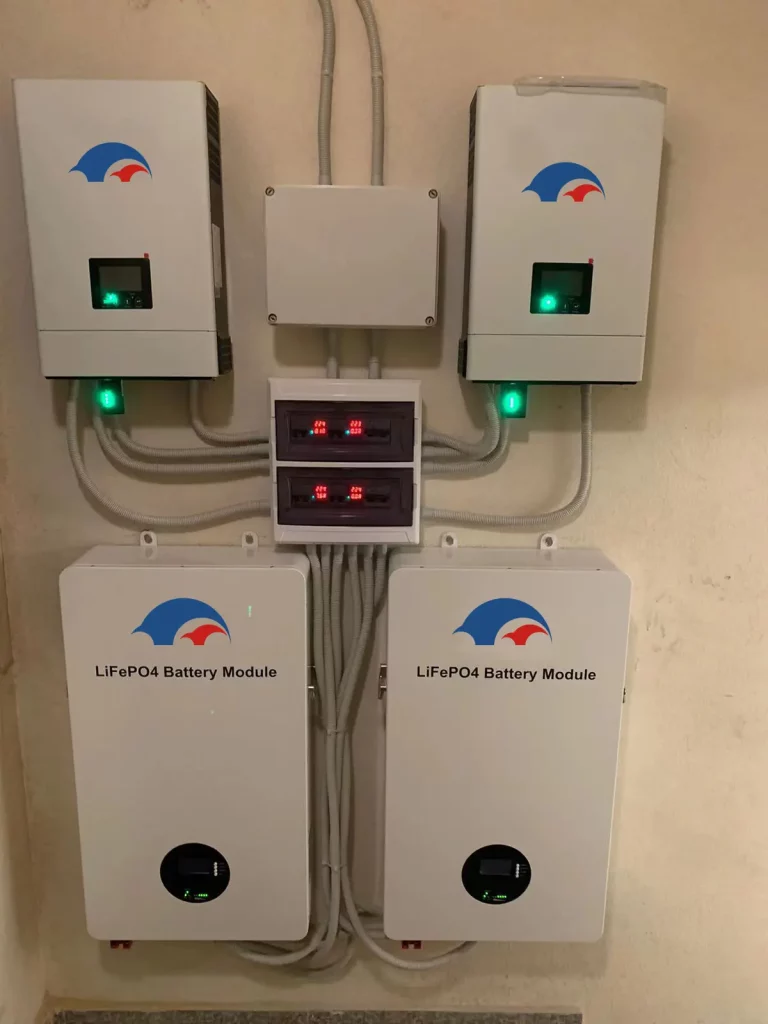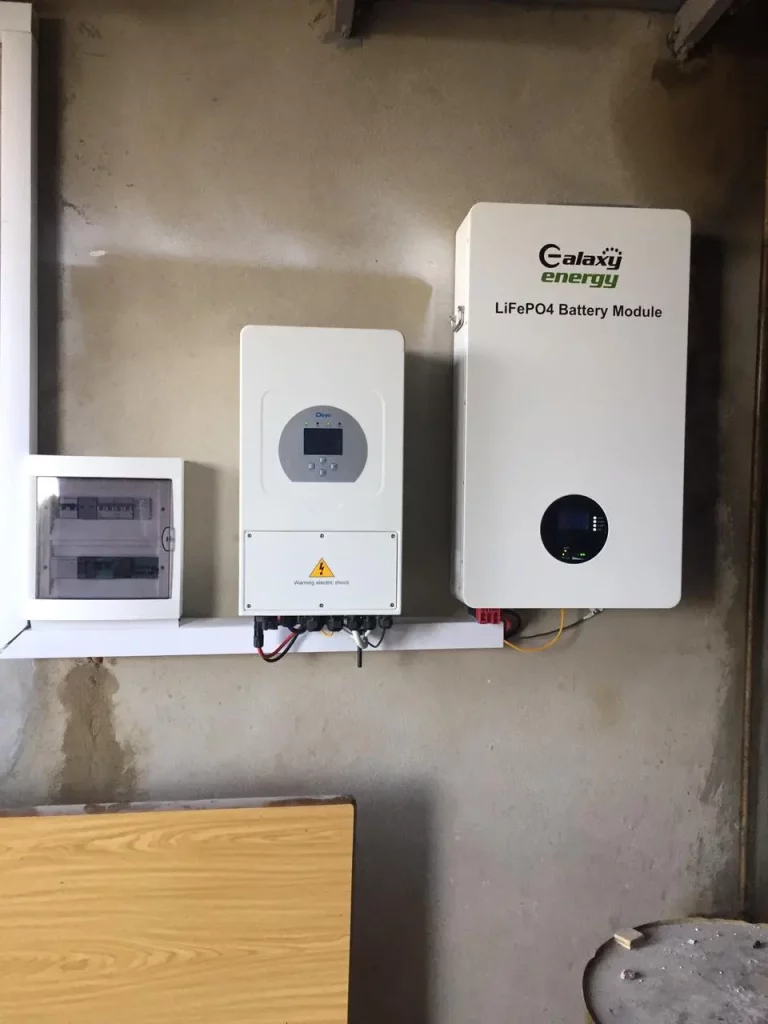I. Industry Background and Product Positioning
Against the backdrop of accelerating global energy transition, increasing renewable energy penetration, and widening price differentials between peak and off-peak electricity consumption, integrated “energy storage + inverter” systems have become a key component for addressing energy supply and demand mismatches and reducing electricity costs. This article focuses on the 143 kWh Deye energy storage cabinet with a 50kW inverter. Its highly integrated design overcomes the efficiency bottlenecks of traditional split-type energy storage systems, providing industrial and commercial users (such as manufacturing plants and commercial complexes) and high-end homes with a three-in-one energy management solution: efficient storage, intelligent scheduling, and secure power supply. This helps users achieve the dual goals of cost reduction, efficiency improvement, and energy independence.
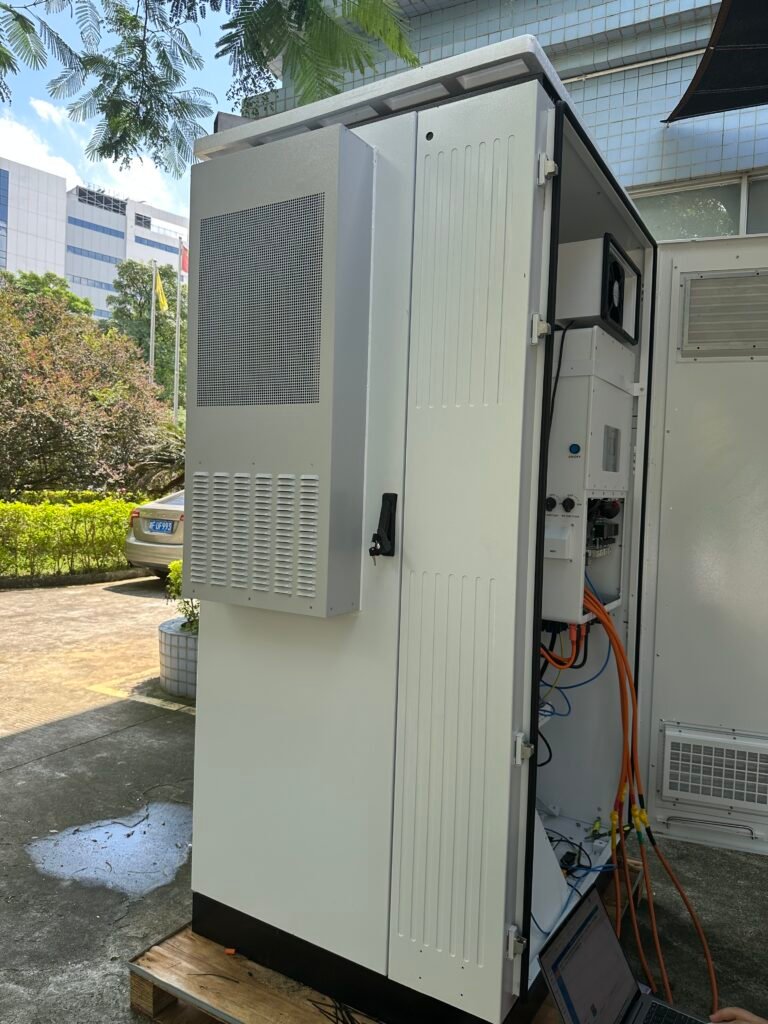
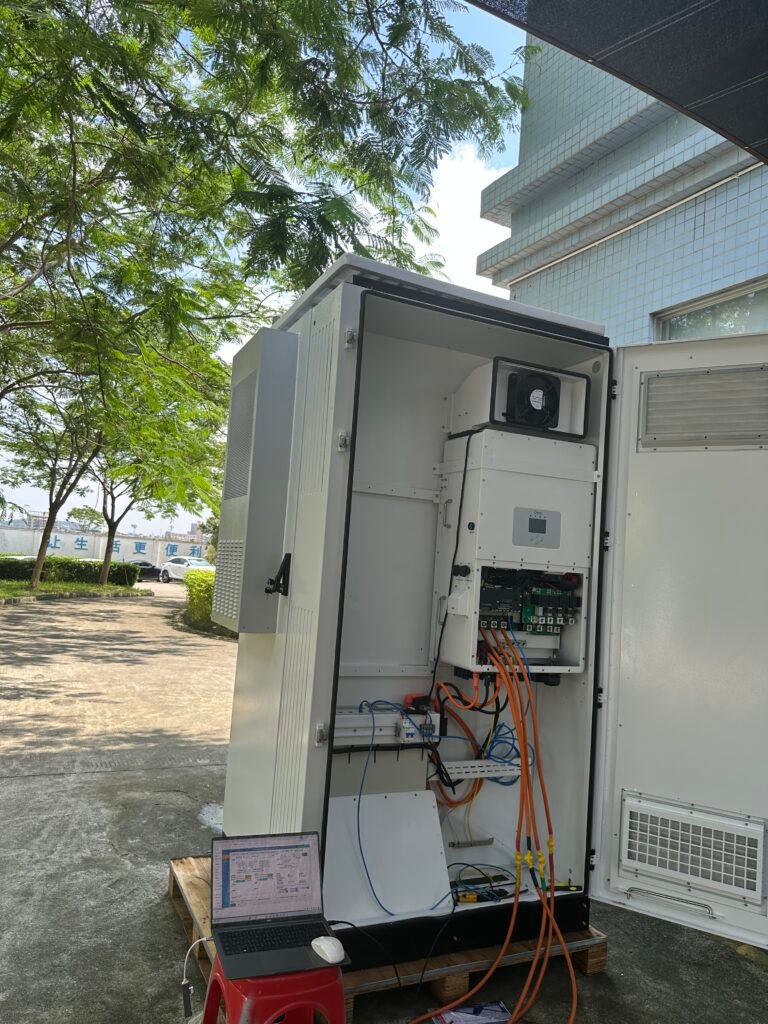
II. Product Core Definition and Technical Architecture
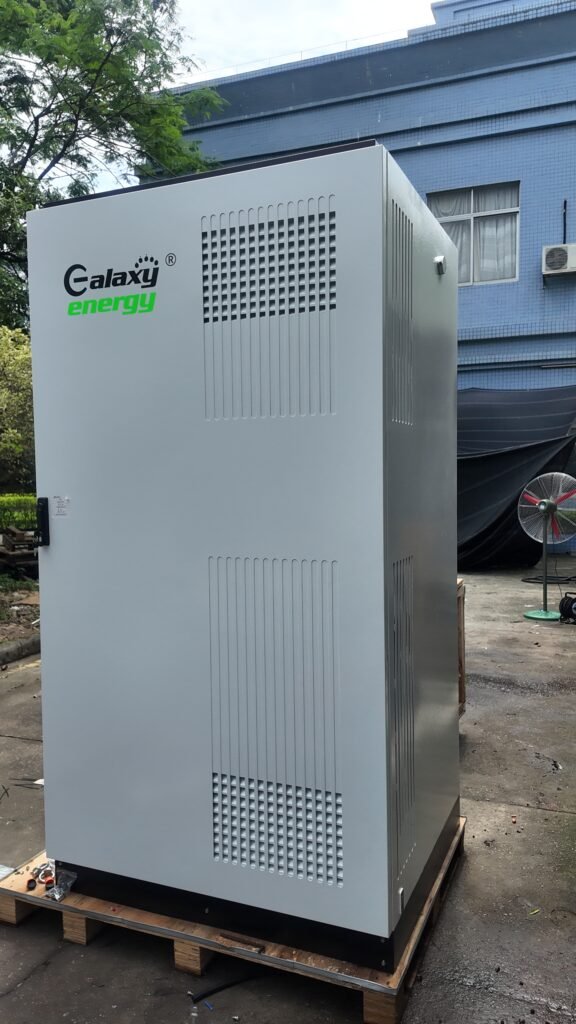
2.1 Integrated Architecture Design Principles
This product, based on the concept of “hardware integration + software collaboration,” deeply integrates a 143 kWh lithium iron phosphate energy storage battery pack and a 50 kW Deye three-phase inverter within a standardized cabinet. Through pre-welded copper busbars, a built-in communication bus, and an integrated cooling system, it eliminates the external cable losses between the inverter and energy storage battery in traditional split systems (typically experiencing a 2%-3% cable loss rate in split systems), achieving seamless integration between the “energy storage unit – inverter unit – control unit.”
2.2 Core Component Technical Features
• Energy Storage Unit: Utilizes prismatic lithium iron phosphate cells (280Ah per cell), connected in series and parallel to form a 51.2V DC system. This unit offers three key advantages: high safety (thermal runaway probability <0.01%), long life (remaining capacity ≥80% after 6,000 cycles), and wide temperature adaptability (capacity retention ≥90% under -20°C to 55°C operating conditions).
• Inverter Unit: Equipped with Deye’s 50kW three-phase photovoltaic inverter core module, it utilizes a dual MPPT (maximum power point tracking) design with MPPT efficiency >99% and an end-to-end AC-AC conversion efficiency of 98.5%. It supports 380V/400V AC three-phase output and meets the GB/T 19939-2020 “Technical Requirements for Grid-Connected Photovoltaic Systems.”
• Control Unit: Built-in ARM Cortex-A9 The dual-core processor supports multi-protocol communication (RS485/CAN/Ethernet/WiFi) and can be connected to a cloud-based monitoring platform for automatic optimization of charging and discharging strategies and real-time fault warnings.
III. Core Technology Advantages and Data Support
4.1 Industrial and Commercial Sector: Dual Objectives of Cost Reduction and Reliability
• Peak Shaving: Targeting industrial and commercial “demand charges” (charged based on maximum power consumption), this system releases stored energy during peak demand periods (e.g., 9:00-12:00, 17:00-20:00) to reduce peak demand and achieve a 30%-40% annual demand charge savings.
• Backup Power: Provides uninterruptible power supply (UPS mode) to critical equipment (e.g., production line control centers, data centers), with a power failure switchover time of ≤200ms, meeting the “Level 1 Load” power supply requirements in GB 50052, “Design Specifications for Power Supply and Distribution Systems.”
• Energy Arbitrage: Utilizing the difference between peak and valley electricity prices (e.g., in areas with a peak-valley price difference > 0.8 yuan/kWh), this system allows for charging during valley periods (cost 0.3-0.4 yuan/kWh) and discharging during peak periods (revenue 1.1-1.3 yuan/kWh). Annual arbitrage returns for a single system can reach 2-3 billion yuan. 10,000 yuan (based on 300 charge-discharge cycles per year).
4.2 Renewable Energy Integration: Balancing Absorption and Stability
• Photovoltaic Storage: When used with a 100kW photovoltaic power station, it can store 1.5 days of photovoltaic power generation (based on a 4-hour daily average of full power generation), increasing the photovoltaic self-use rate from 60% to over 90%, reducing curtailment losses.
• Microgrid Core Unit: In microgrids in remote areas (such as rural areas and mining areas), it serves as the core of a “storage + voltage regulation” system, smoothing out wind/photovoltaic power output fluctuations (fluctuation suppression rate > 95%) and ensuring microgrid voltage stability (deviation ≤ ±2%).
• Load Balancing: For intermittent loads in the manufacturing industry (such as welding equipment and air compressors), energy storage is used for rapid charging and discharging (response time < 50ms) to mitigate the impact of grid voltage fluctuations on equipment. 4.3 Special Scenarios: Customized Power Supply Guarantee
• Communication Base Stations: Provides off-grid power for 5G base stations in remote areas. The 143 kWh capacity can provide continuous power to base stations (average daily power consumption of 20-30 kWh) for 5-7 days. Combined with a 20kW photovoltaic panel, it enables long-term off-grid operation.
• Emergency Power Supply: When natural disasters (earthquakes, floods) cause grid outages, it can serve as a temporary power station, providing 10-15kW of continuous power to hospital emergency rooms and community shelters (supporting parallel expansion of multiple units).
• Charging Station Buffer: Serves as an energy storage buffer unit in conjunction with ultra-fast electric vehicle charging stations (such as 60kW fast charging stations), mitigating the instantaneous impact of charging stations on the grid (peak current reduced from 200A to 80A), thus avoiding investment in grid expansion. VII. Conclusion and Call to Action
The 143 kWh/50kW Deye inverter-integrated energy storage cabinet, through its integrated, efficient, and intelligent technological innovations, provides users in the energy transition era with a practical energy management solution. Whether it’s helping industrial and commercial users reduce electricity costs and improve power supply reliability, or helping households optimize photovoltaic power consumption and mitigate power outage risks, this product delivers both technical and economic value.
